Day 12 – 14: marine mammals and preparation of the Leg 2
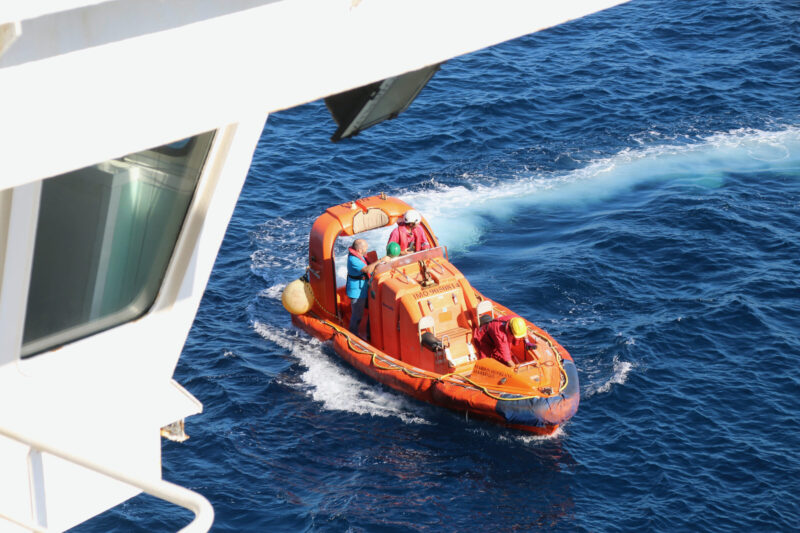
1-3 Mai 2022 | Off the coast of Durban, South Africa
Eugénie Dufour, Alycia Valvandrin and Salomé Pellé
After sampling the 13 stations of “Leg 1”, we left for Durban. Originally, this step was planned to be the last one, but it was brought forward to allow the disembarkation of a member of the scientific team and the recovery of equipment. This second “Leg”, initially planned to be the third, aims at studying the Durban cyclonic eddy: many scientists spoke to us during their conferences about the importance of this study area which is still poorly described and modeled (among others, the conference of Steven Herbette and the one of Gustav Rauntenbach and Nasreen Burgher which will be soon published on the blog).
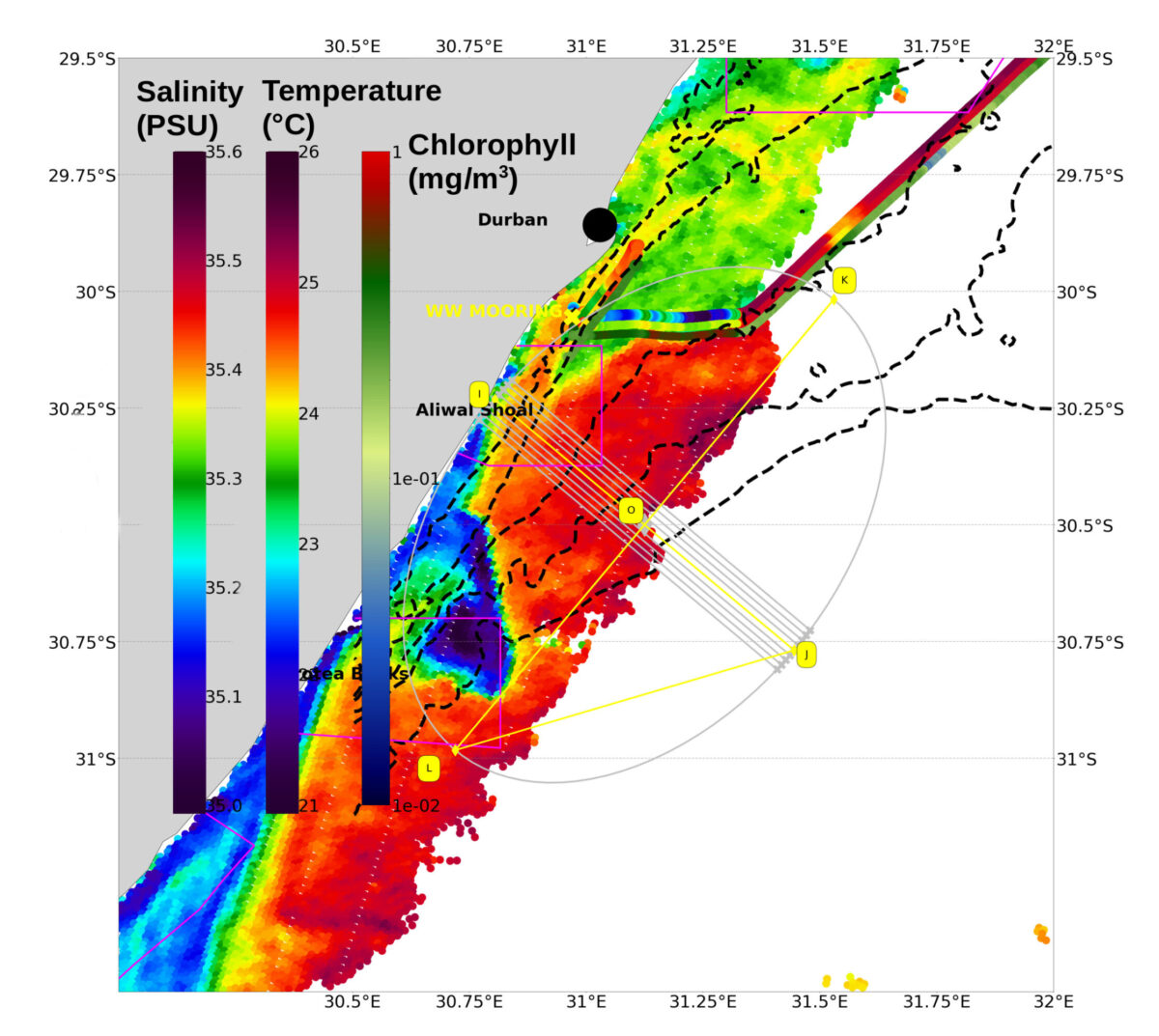
The 2-day transit to this new study area allows the scientific team to rest and to progress on the analysis of the first data. However, everything is far from being at rest and semi-continuous measurements continue such as the surface CO2 et l’O2, nutrients and the chlorophyll concentration.
On the other hand, the marine mammal team is on the lookout, the sea being calmer than the previous days, which facilitates the observations. Several blowholes were seen in the distance and FINALLY our first whale made a stealthy appearance near the boat! According to the experts, it was a Cuvier’s beaked whale, a species known to be discreet and difficult to observe. This observation confirms its presence in this area.
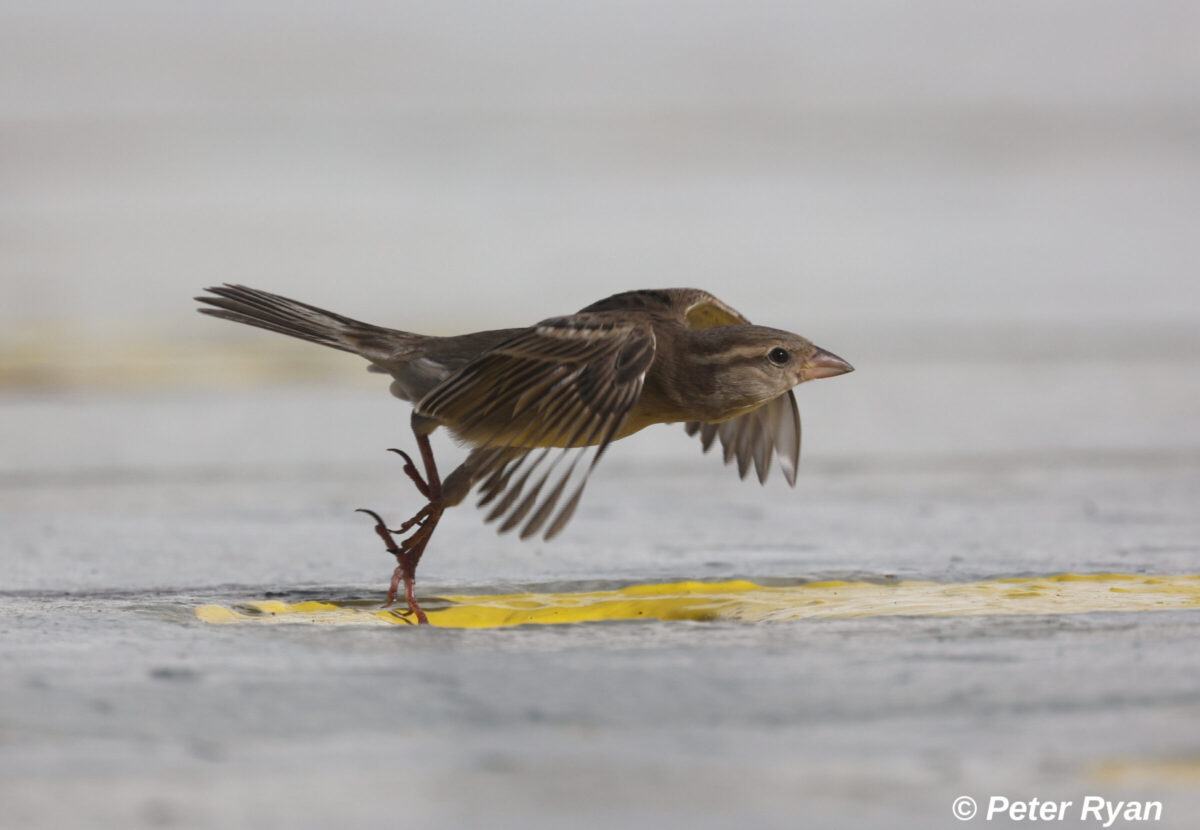
Peter Ryan and Lorien Pichegru, from the seabird team, take advantage of the absence of a station to collect data on the species present along our route while counting macroplastics. Four sparrows seem to have gone astray and adopted the Marion Dufresne, probably when we approached the Europa Island.
For our greatest pleasure, about twenty bottlenose dolphins came to the bow and accompanied the boat for a few minutes while enjoying its thrust.
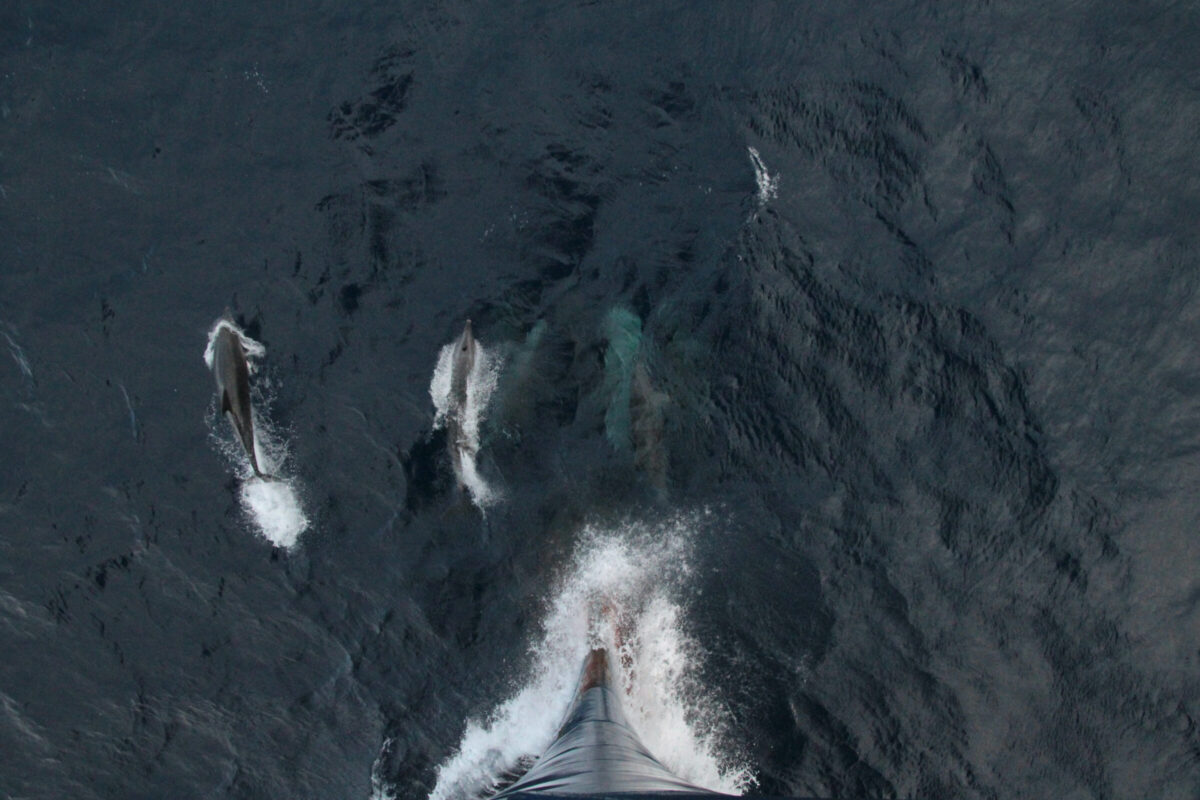
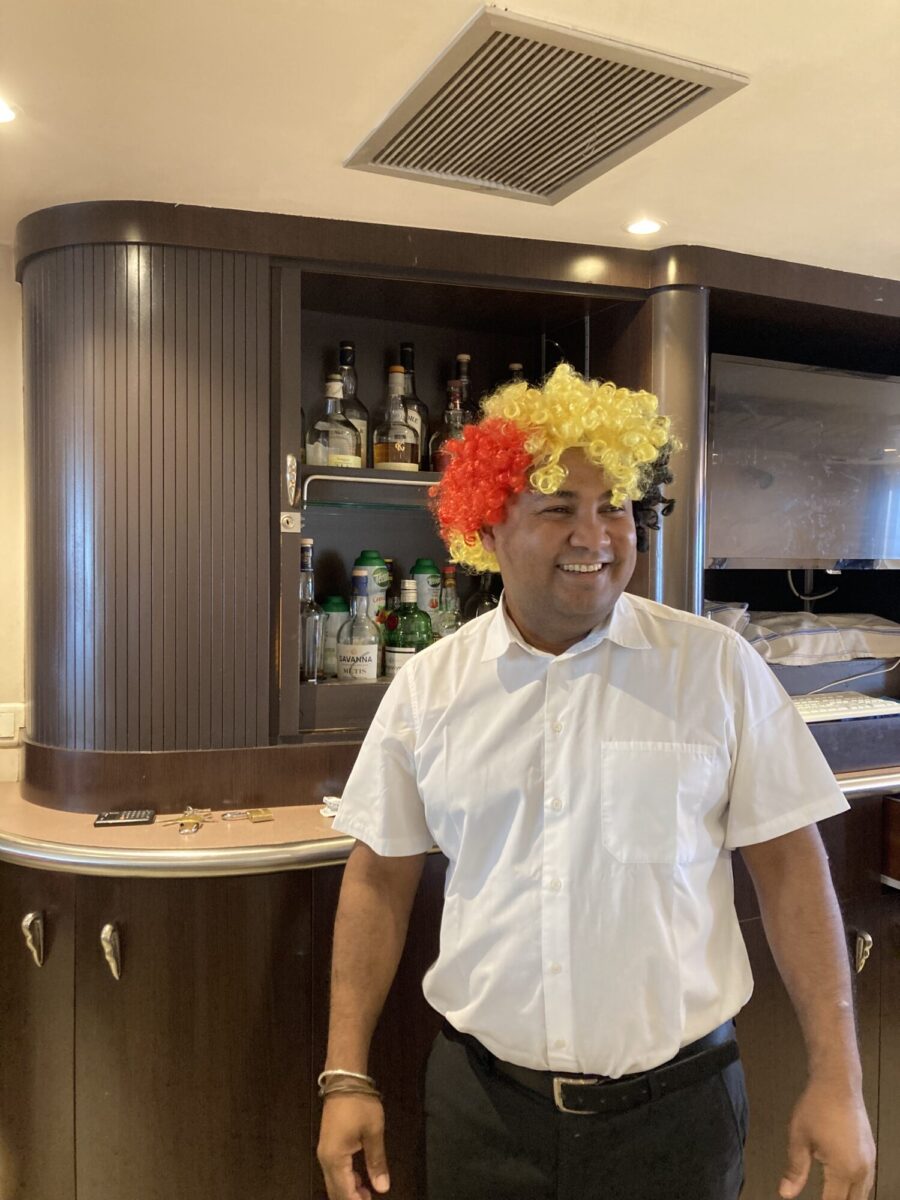
In the evening, Danny’s planter (barman) is all the rage. Introspection is the key word of the mission, the journey favoring the inner journey. A chair on the deck has been defined as the “confession chair”, and allows us to discover in a new way the different personalities of the group.
The scientific meetings at 4 pm are still going on. Gustav Rautenbach, PhD student in physical oceanography, presented the life cycle of the Durban eddy. Similarly, Nasreen Burgher, intern of the physics team, spoke about the turbulence processes associated with the Agulhas current and their signatures in terms of primary production. The last presentation was given by Angelee Pavanee Annasawmy, this time on the subject of micronekton (organisms capable of actively moving through the water, such as fish) in the southern Indian Ocean, studied by acoustics and the use of the mesopelagic trawl (a trawl that samples ecosystems typically located between 200 and 1000 m depth).
After a presentation of the Wirewalker on May 2, it was deployed in the coastal waters of Durban the following morning. This dynamic mooring uses wave energy to move between 0 and 300 m depth. It allows to measure water column parameters such as salinity, temperature and chlorophyll and the data are transmitted in real time by satellite. This instrument, developed at LOPS and the first of its kind deployed by a French laboratory, will be recovered in twelve days.
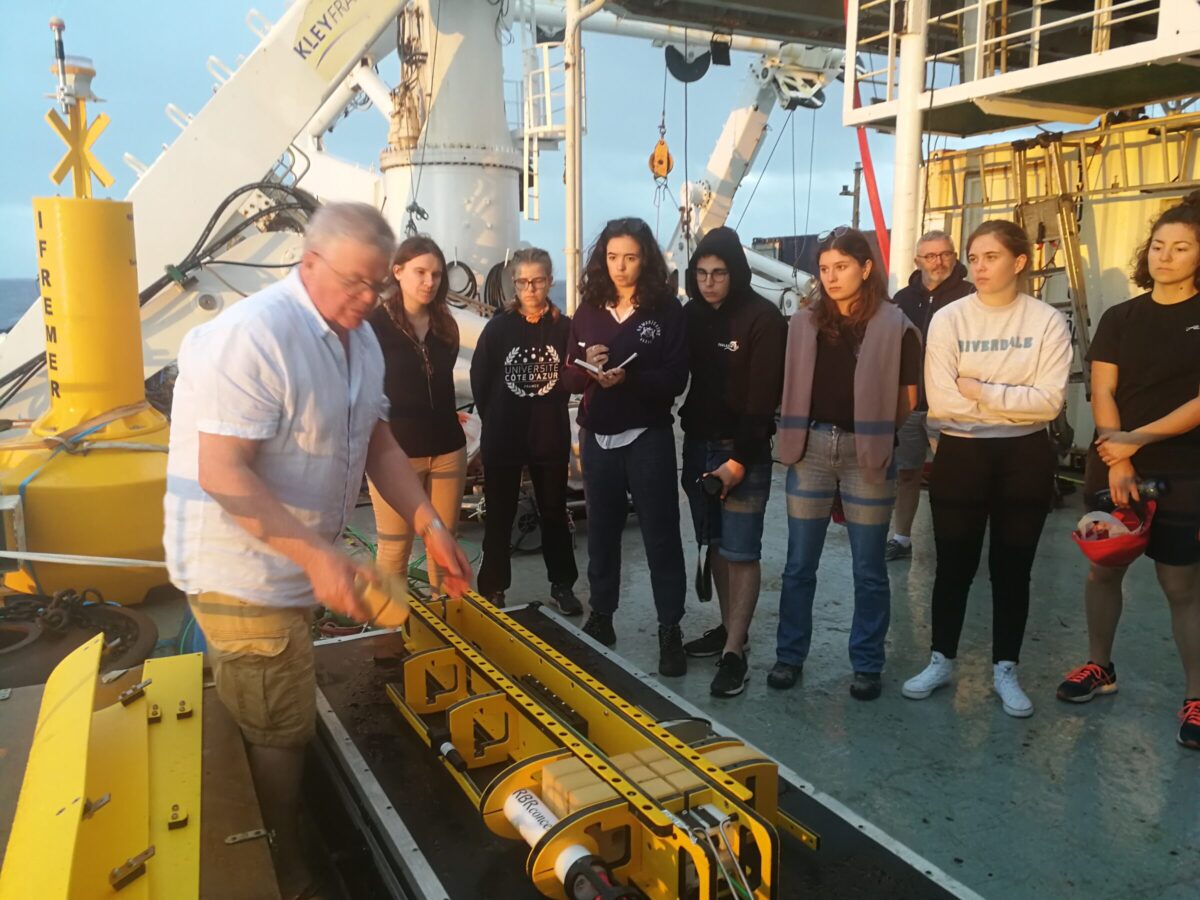
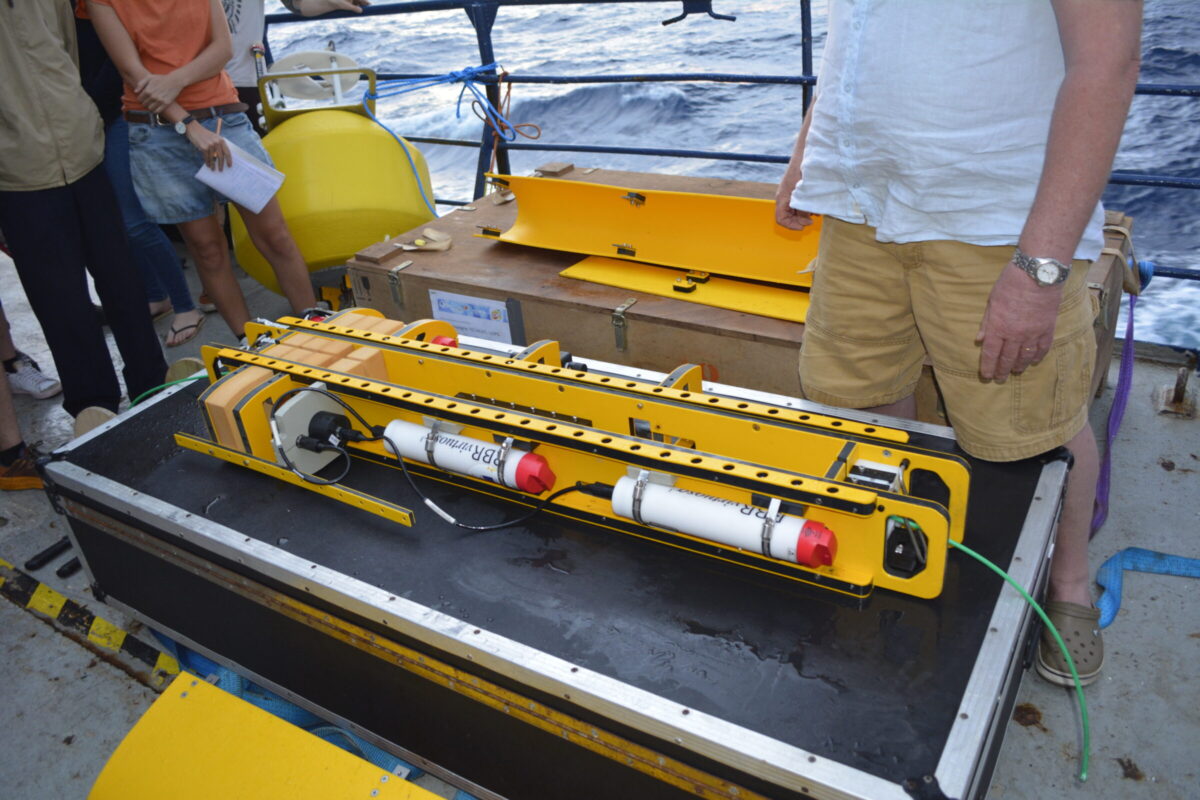
Difficulties were encountered during the installation, due to strong currents and too light a ballast. Nevertheless, the crew members and the researchers have shown perseverance and adaptation to find solutions. It remains to be seen if these efforts will have allowed the expected data to be obtained, after the relentless struggle of Olivier Menage and his teammates on the dinghy used to fix the buoys holding the instrument that was badly damaged by the waves.
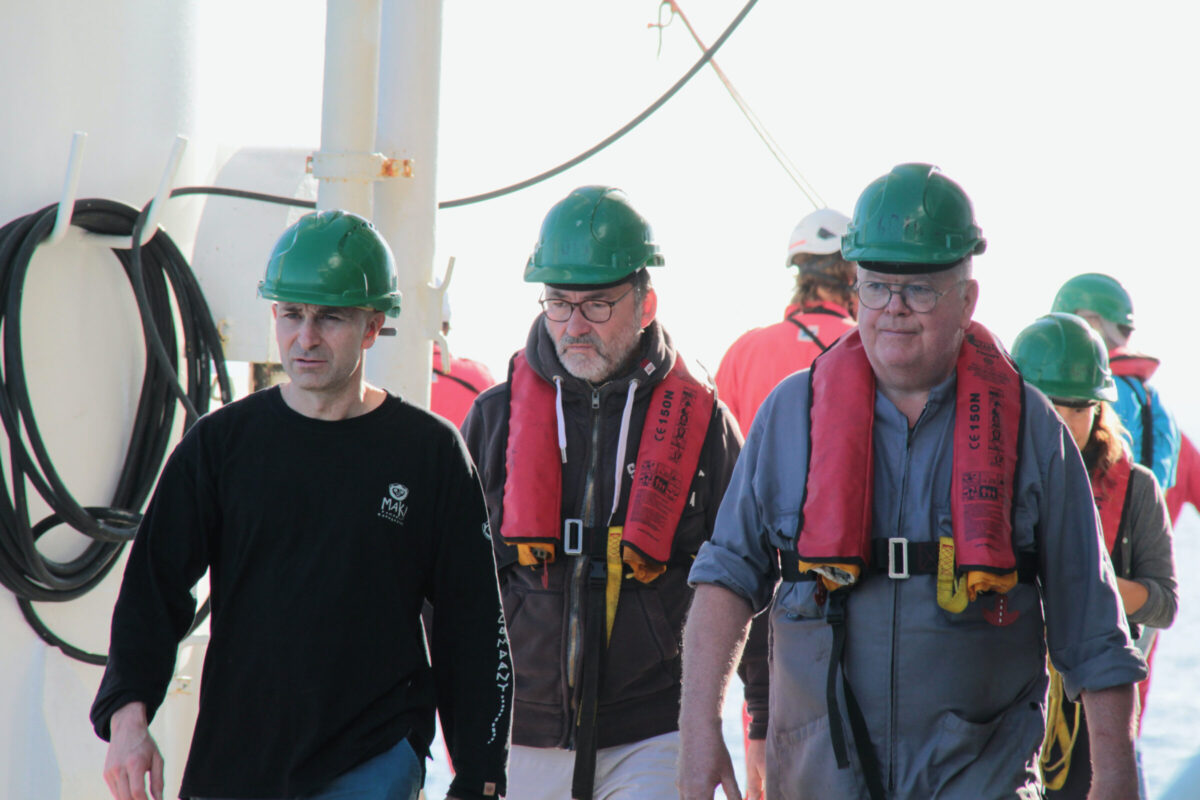
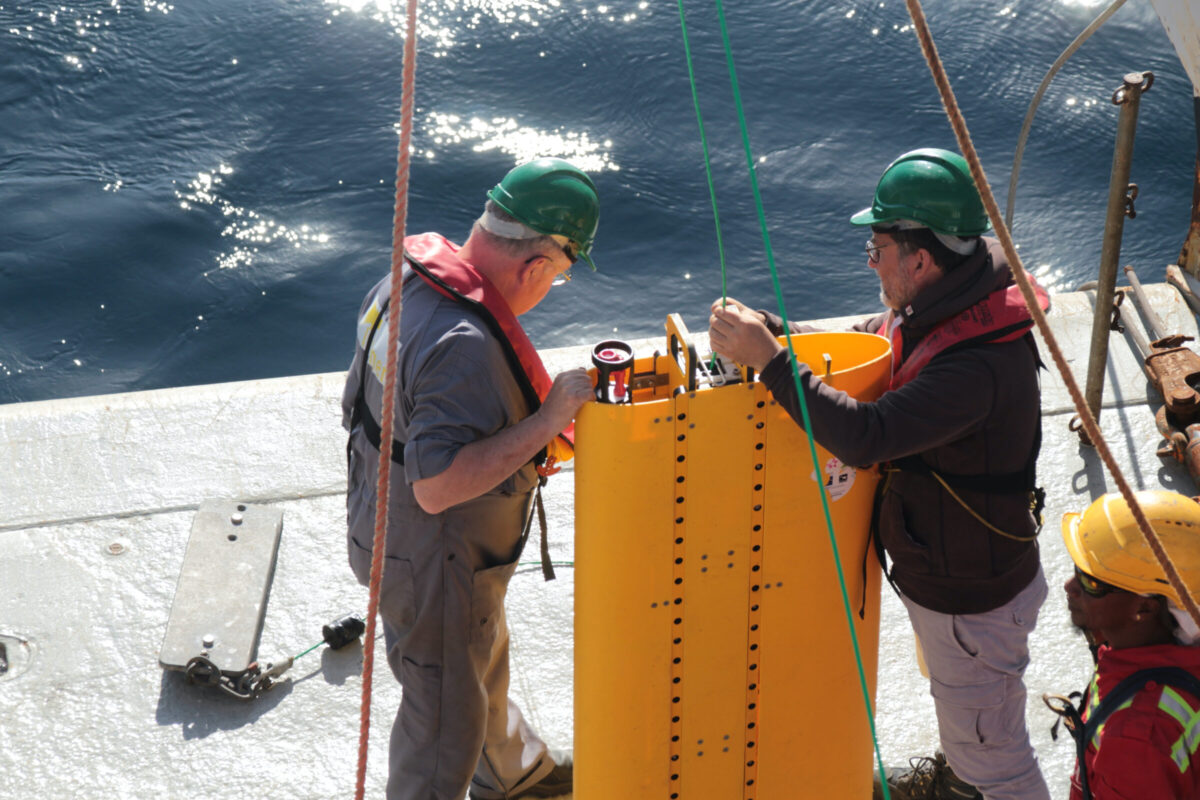

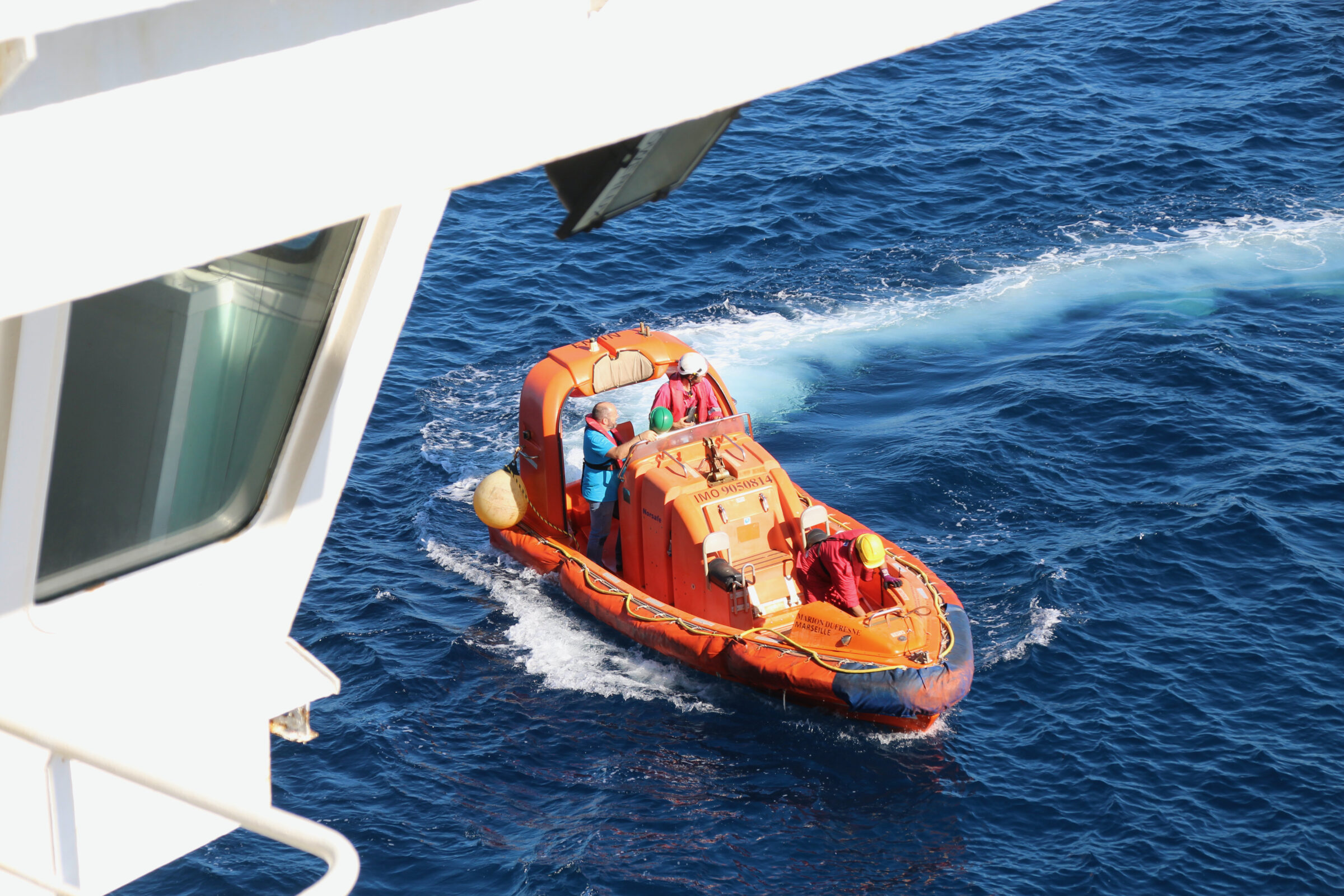
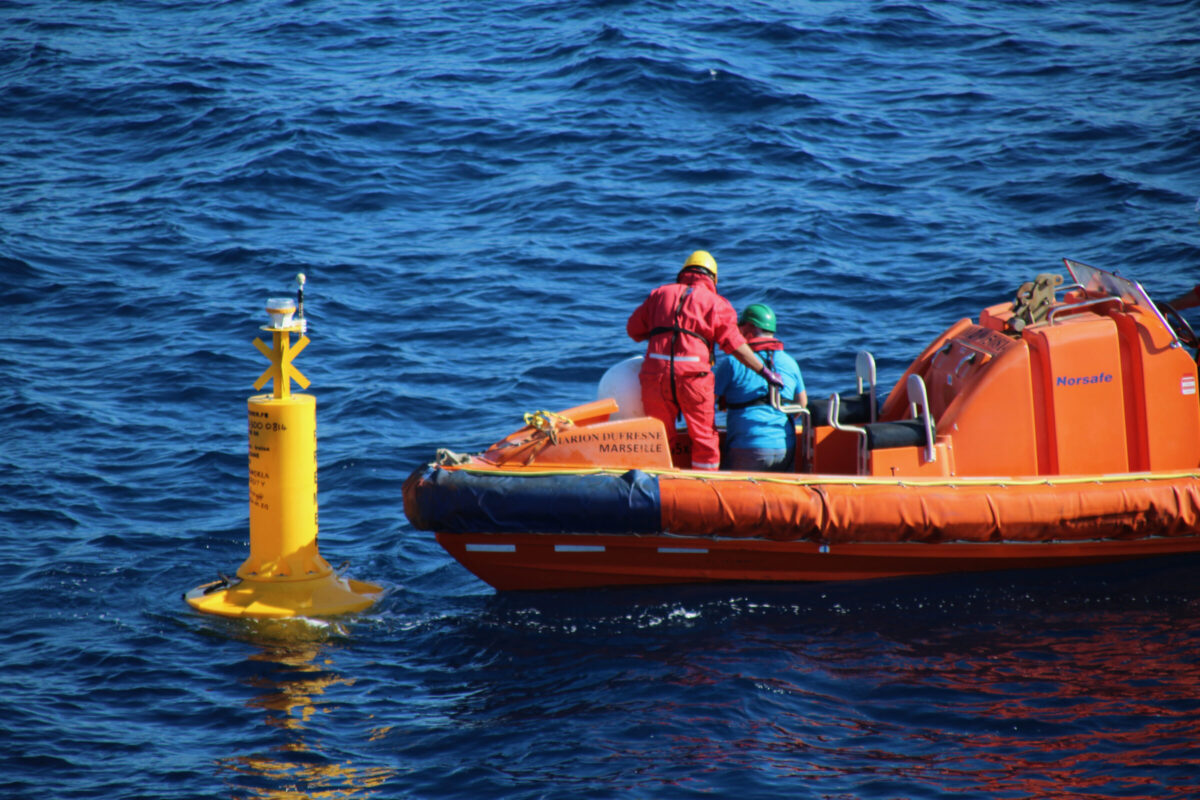
The Leg will take place close to this mooring, and the coast will remain visible to our eyes of new sailors. As the tasks does not require any assistance from the students for the moment, they enjoy observing the sea and sunbathing, even if the temperatures are not so warm, 22°C being now unbearable for the Breton bodies now adapted to tropical temperatures! This rest will only be short-lived as 7 stations in one day await us in the next few hours, more in the next blog…
 Attention, vous utilisez un navigateur peu sûr !
Attention, vous utilisez un navigateur peu sûr !